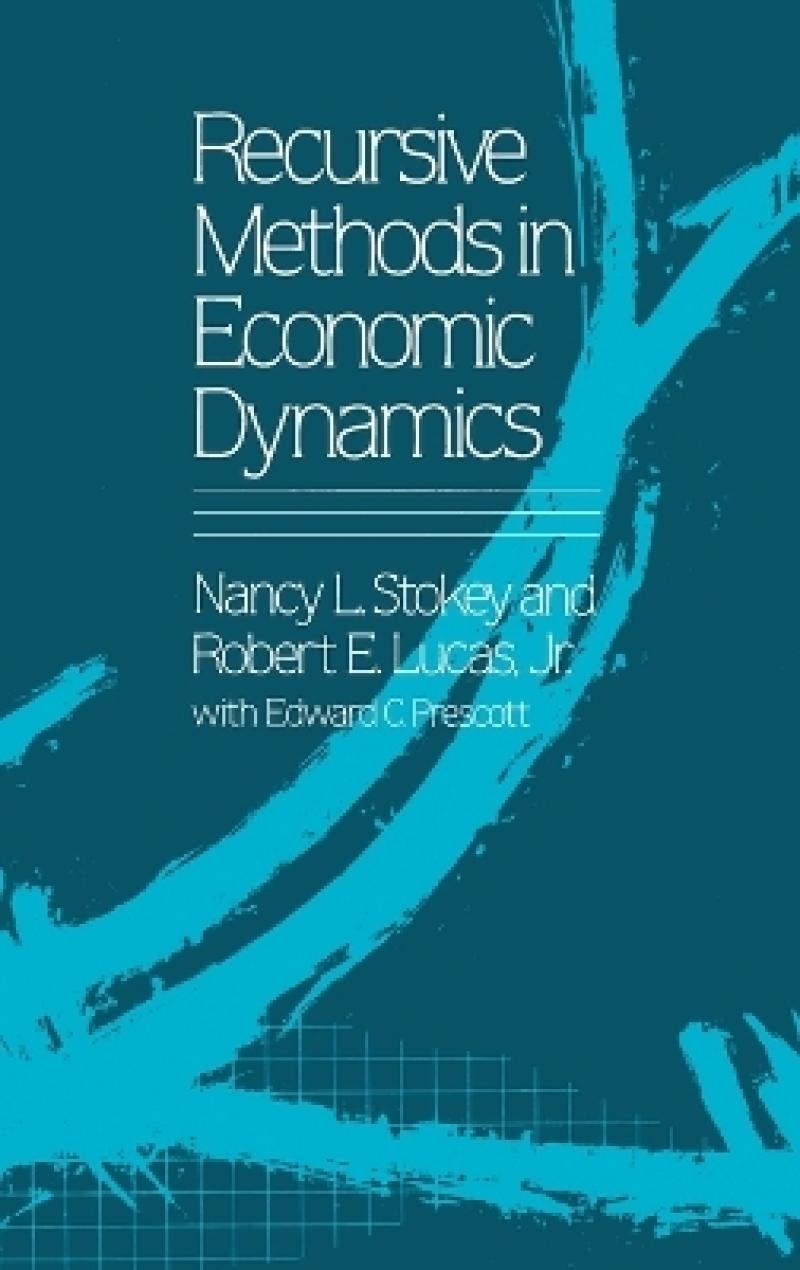The book is a tour de force. The authors present a unified approach to the techniques and applications of recursive economic theory. The presentations of discrete-time dynamic programming and of Markov processes are authoritative. There is a wide-ranging series of examples drawn from all branches of the discipline, but with special emphasis on macroeconomics. In the short run, the book will be a vital reference in any advanced course in macroeconomic theory. In the long run, it may help to remove the traditional boundaries between microeconomic theory and macroeconomic theory.
- Andrew Caplin, Columbia University,
This book is a wonderful collection of results on the techniques of dynamic programming with great applications to economics written by giants in the field.
- Sanford J. Grossman, University of Pennsylvania,
A magnificent work that is bound to have immense influence on the ways economists think about dynamic systems for many years to come. My own guess is that this book will eventually acquire the stature, say, of Hicks’s <i>Value and Capital</i> or Samuelson’s <i>Foundations</i>.
- Thomas J. Sargent, The Hoover Institution,
Three eminent economists provide in this book a rigorous, self-contained treatment of modern economic dynamics. Nancy L. Stokey, Robert E. Lucas, Jr., and Edward C. Prescott develop the basic methods of recursive analysis and emphasize the many areas where they can usefully be applied.
After presenting an overview of the recursive approach, the authors develop economic applications for deterministic dynamic programming and the stability theory of first-order difference equations. They then treat stochastic dynamic programming and the convergence theory of discrete-time Markov processes, illustrating each with additional economic applications. They also derive a strong law of large numbers for Markov processes. Finally, they present the two fundamental theorems of welfare economics and show how to apply the methods developed earlier to general equilibrium systems.
The authors go on to apply their methods to many areas of economics. Models of firm and industry investment, household consumption behavior, long-run growth, capital accumulation, job search, job matching, inventory behavior, asset pricing, and money demand are among those they use to show how predictions can be made about individual and social behavior. Researchers and graduate students in many areas of economics, both theoretical and applied, will find this book essential.
